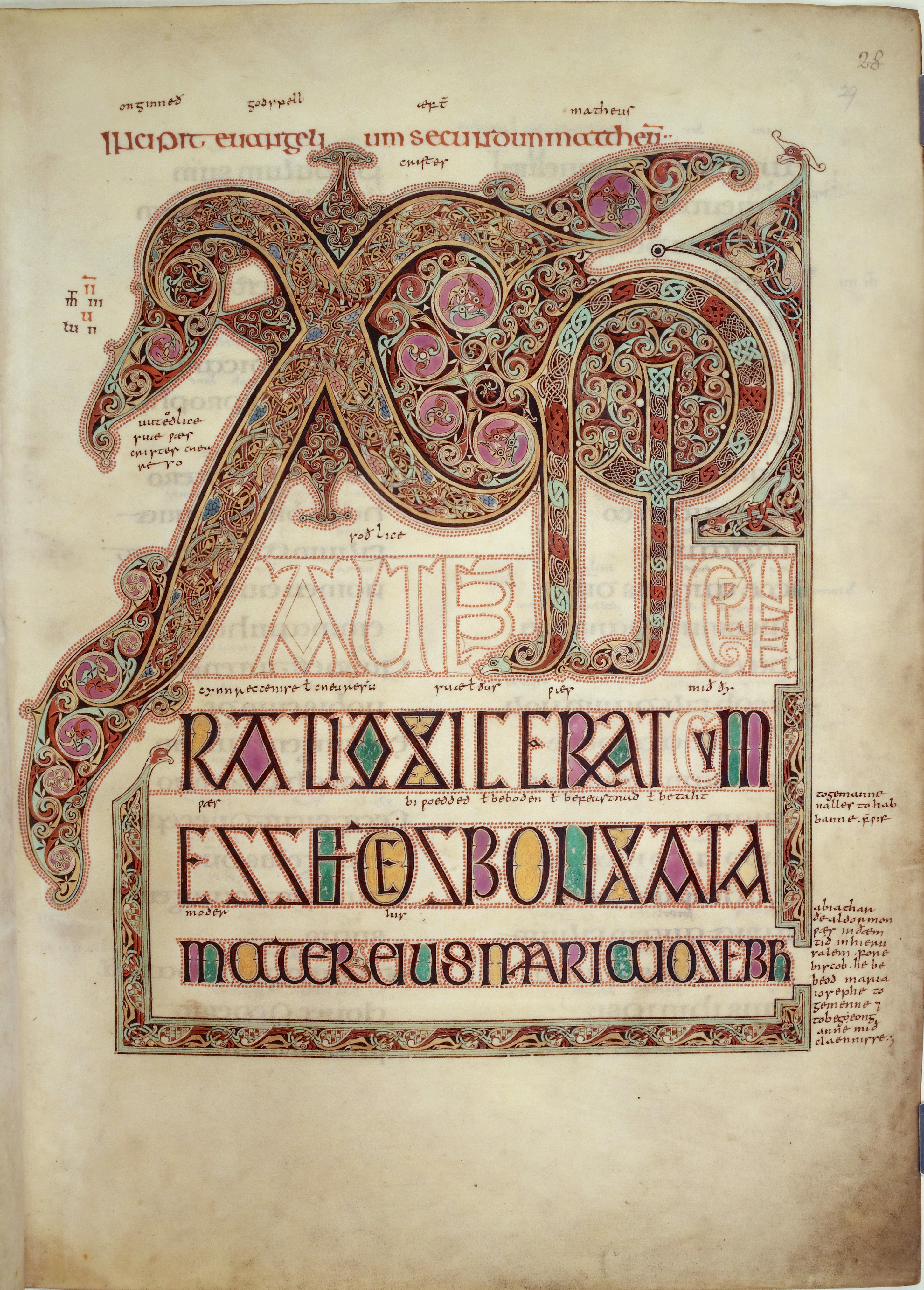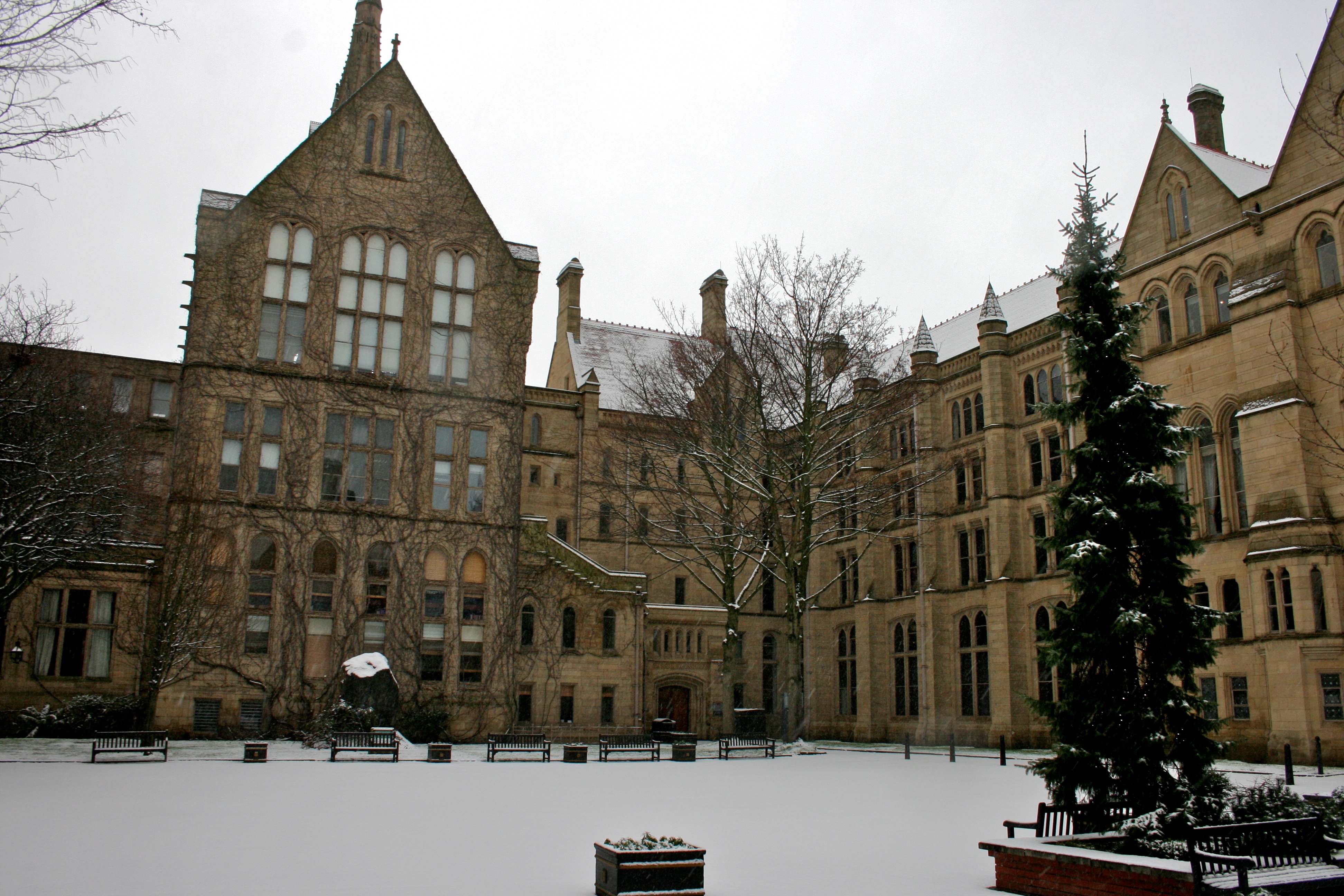|
Department Of Archaeology, University Of York
The Department of Archaeology at the University of York, England, is a department which provides undergraduate and postgraduate courses in archaeology and its sub-disciplines and conducts associated research. It was founded in 1978 and has grown from a small department based at Micklegate House to more than a hundred undergraduate students based at King's Manor and with scientific facilities at the BioArCh centre on the main campus. Hosted organisations, research specialities and fieldwork The archaeology department hosts several specialist organisations: *Archaeology Data Service - an open access digital archive for archaeological research outputs *Internet Archaeology - a fully peer-reviewed electronic journal for archaeology *BioArCh - a specialist centre using scientific and molecular techniques for archaeology *York Experimental Archaeology Research (YEAR) Centre *Centre for Digital Heritage - an interdisciplinary centre studying computer-based approaches to heritage. Working ... [...More Info...] [...Related Items...] OR: [Wikipedia] [Google] [Baidu] |
Academic Department
An academic department is a division of a university or school faculty devoted to a particular academic discipline. This article covers United States usage at the university level. In the United Kingdom and other Commonwealth countries, universities tend to use the term faculty; faculties are typically further divided into schools or departments, but not always. The organization of faculties into departments is not standardized, but most U.S. universities will at least have departments of History, Physics, English (language and literature), Psychology, and so on. Sometimes divisions are coarser: a liberal arts college which de-emphasizes the sciences may have a single Science department; an engineering university may have one department for Language and Literature (in all languages). Sometimes divisions may be finer: for example, Harvard University has separate departments of Organismic and Evolutionary Biology, Molecular and Cellular Biology, and Chemistry and Chemical B ... [...More Info...] [...Related Items...] OR: [Wikipedia] [Google] [Baidu] |
Star Carr
Star Carr is a Mesolithic archaeological site in North Yorkshire, England. It is around five miles () south of Scarborough. It is generally regarded as the most important and informative Mesolithic site in Great Britain. It is as important to the Mesolithic period as Stonehenge is to the Neolithic period or Scandinavian York is to understanding Viking Age Britain. The site was occupied during the early Mesolithic archaeological period, which coincided with the preboreal and boreal climatic periods. Though the ice age had ended and temperatures were close to modern averages, sea levels had not yet risen sufficiently to separate Britain from continental Europe. Highlights among the finds include Britain’s oldest structure, 21 red deer stag skull-caps that may have been headdresses and nearly 200 projectile, or harpoon, points made of red deer antler. These organic materials were preserved due to having been buried in waterlogged peat. Normally all that remains on Mesolithic s ... [...More Info...] [...Related Items...] OR: [Wikipedia] [Google] [Baidu] |
Anglo-Saxon
The Anglo-Saxons were a Cultural identity, cultural group who inhabited England in the Early Middle Ages. They traced their origins to settlers who came to Britain from mainland Europe in the 5th century. However, the ethnogenesis of the Anglo-Saxons happened within Britain, and the identity was not merely imported. Anglo-Saxon identity arose from interaction between incoming groups from several Germanic peoples, Germanic tribes, both amongst themselves, and with Celtic Britons, indigenous Britons. Many of the natives, over time, adopted Anglo-Saxon culture and language and were assimilated. The Anglo-Saxons established the concept, and the Kingdom of England, Kingdom, of England, and though the modern English language owes somewhat less than 26% of its words to their language, this includes the vast majority of words used in everyday speech. Historically, the Anglo-Saxon period denotes the period in Britain between about 450 and 1066, after Anglo-Saxon settlement of Britain, th ... [...More Info...] [...Related Items...] OR: [Wikipedia] [Google] [Baidu] |
Suffolk
Suffolk () is a ceremonial county of England in East Anglia. It borders Norfolk to the north, Cambridgeshire to the west and Essex to the south; the North Sea lies to the east. The county town is Ipswich; other important towns include Lowestoft, Bury St Edmunds, Newmarket, and Felixstowe which has one of the largest container ports in Europe. The county is low-lying but can be quite hilly, especially towards the west. It is also known for its extensive farming and has largely arable land with the wetlands of the Broads in the north. The Suffolk Coast & Heaths and Dedham Vale are both nationally designated Areas of Outstanding Natural Beauty. History Administration The Anglo-Saxon settlement of Suffolk, and East Anglia generally, occurred on a large scale, possibly following a period of depopulation by the previous inhabitants, the Romanised descendants of the Iceni. By the fifth century, they had established control of the region. The Anglo-Saxon inhabitant ... [...More Info...] [...Related Items...] OR: [Wikipedia] [Google] [Baidu] |
Sutton Hoo Burial Ground 4
Sutton (''south settlement'' or ''south town'' in Old English) may refer to: Places United Kingdom England In alphabetical order by county: * Sutton, Bedfordshire * Sutton, Berkshire, a location * Sutton-in-the-Isle, Ely, Cambridgeshire * Sutton, Peterborough, Cambridgeshire * Sutton, Newton, Cheshire * Sutton, Cheshire East, a civil parish in Cheshire ** Sutton Lane Ends, a village in Cheshire * Sutton Weaver, Cheshire West and Chester * Great Sutton, Ellesmere Port, Cheshire * Guilden Sutton, Chester, Cheshire * Little Sutton, Cheshire, Ellesmere Port * Sutton on the Hill, Derbyshire * Sutton Scarsdale, Derbyshire * Sutton, Devon, a hamlet near Kingsbridge * Sutton, a historic name of Plymouth, Devon ** Sutton Harbour, Plymouth, Devon * Sutton Waldron, Dorset * Sutton, Essex * Long Sutton, Hampshire * Sutton Scotney, Hampshire * Sutton, Herefordshire * East Sutton, Kent * Sutton, Kent * Sutton-at-Hone and Hawley, Dartford, Kent * Sutton Valence, Maidstone, Kent ** Sutton Has ... [...More Info...] [...Related Items...] OR: [Wikipedia] [Google] [Baidu] |
British Iron Age
The British Iron Age is a conventional name used in the archaeology of Great Britain, referring to the prehistoric and protohistoric phases of the Iron Age culture of the main island and the smaller islands, typically excluding prehistoric Ireland, which had an independent Iron Age culture of its own. The parallel phase of Irish archaeology is termed the Irish Iron Age. The Iron Age is not an archaeological horizon of common artefacts but is rather a locally-diverse cultural phase. The British Iron Age followed the British Bronze Age and lasted in theory from the first significant use of iron for tools and weapons in Britain to the Romanisation of the southern half of the island. The Romanised culture is termed Roman Britain and is considered to supplant the British Iron Age. The tribes living in Britain during this time are often popularly considered to be part of a broadly- Celtic culture, but in recent years, that has been disputed. At a minimum, "Celtic" is a lingui ... [...More Info...] [...Related Items...] OR: [Wikipedia] [Google] [Baidu] |
Pembrokeshire
Pembrokeshire ( ; cy, Sir Benfro ) is a county in the south-west of Wales. It is bordered by Carmarthenshire to the east, Ceredigion to the northeast, and the rest by sea. The county is home to Pembrokeshire Coast National Park. The Park occupies more than a third of the area of the county and includes the Preseli Hills in the north as well as the Pembrokeshire Coast Path. Historically, mining and fishing were important activities, while industry nowadays is focused on agriculture (86 per cent of land use), oil and gas, and tourism; Pembrokeshire's beaches have won many awards. The county has a diverse geography with a wide range of geological features, habitats and wildlife. Its prehistory and modern history have been extensively studied, from tribal occupation, through Roman times, to Welsh, Irish, Norman, English, Scandinavian and Flemish influences. Pembrokeshire County Council's headquarters are in the county town of Haverfordwest. The council has a majority of Independ ... [...More Info...] [...Related Items...] OR: [Wikipedia] [Google] [Baidu] |
Castell Henllys
Castell Henllys (Welsh language, Welsh, "castle of the old court") is an important archaeology, archaeological site in north Pembrokeshire, Wales, on the A487 road between Newport, Pembrokeshire, Newport and Cardigan, Ceredigion, Cardigan, in the parish of Nevern. The Iron Age hillfort has been the subject of an ongoing excavation for more than twenty years, accompanied by an exercise in reconstruction archaeology whereby experiments in prehistoric farming have been practised. Four Roundhouse (dwelling), roundhouses and a granary have been reconstructed on their original Iron Age foundations, some 2,000 years old, the only site in Britain where this has been done. Historic UK say: During the summer the site provides training for young archaeologists and is a popular visitor attraction. It is owned by Pembrokeshire Coast National Park. See also * List of hillforts in Wales * Butser Ancient Farm References External links Castell Henllys websiteCastell Henllys at Gathering th ... [...More Info...] [...Related Items...] OR: [Wikipedia] [Google] [Baidu] |
University Of Chester
, mottoeng = "He that teacheth, on teaching" , former_names = , established = (gained university status in 2005) , type = Public , endowment = £395,000 (2018) , budget = £118.3 million , chancellor = Gyles Brandreth , vice_chancellor = Eunice Simmons , students = 14,900 , undergrad = 10,800 , postgrad = 4,100 , administrative_staff = 1220 , faculty = 870 , city = Chester, Ellesmere Port, Warrington and Shrewsbury , state = Cheshire , country = England, UK , campus = Urban , colours = Burgundy , coor = , affiliations = AACSB ACUCathedrals Group NWUAUniversities UK , website www.chester.ac.uk, logo = University of Chester logo.svg , logo_size = 250px The University of Chester is a public university located in Chester, England. The university originated as the first purpose-built teacher training college in the UK. As a university, it now occupies five campus sites in and around Chester, one in Warrington, and a University Centre in Shrewsbury. ... [...More Info...] [...Related Items...] OR: [Wikipedia] [Google] [Baidu] |
University Of Manchester
The University of Manchester is a public university, public research university in Manchester, England. The main campus is south of Manchester city centre, Manchester City Centre on Wilmslow Road, Oxford Road. The university owns and operates major cultural assets such as the Manchester Museum, The Whitworth art gallery, the John Rylands Library, the Tabley House, Tabley House Collection and the Jodrell Bank Observatory—a UNESCO World Heritage Site. The University of Manchester is considered a red brick university, a product of the civic university movement of the late 19th century. The current University of Manchester was formed in 2004 following the merger of the University of Manchester Institute of Science and Technology (UMIST) and the Victoria University of Manchester. This followed a century of the two institutions working closely with one another. The University of Manchester Institute of Science and Technology was founded in 1824 as the Manchester Mechanics' Institute, ... [...More Info...] [...Related Items...] OR: [Wikipedia] [Google] [Baidu] |




